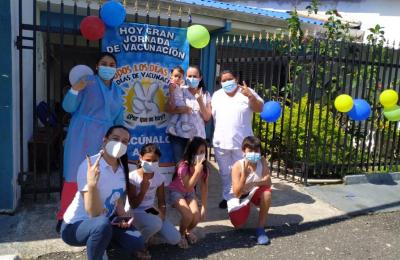AI’s ongoing impact: Implications of AI’s effects on health equity for women’s healthcare providers
Objective
To assess the effects of the current use of artificial intelligence (AI) in women’s health on health equity, specifically in primary and secondary prevention efforts among women.
Methods
Two databases, Scopus and PubMed, were used to conduct this narrative review. The keywords included “artificial intelligence,” “machine learning,” “women’s health,” “screen,” “risk factor,” and “prevent,” and papers were filtered only to include those about AI models that general practitioners may use.












